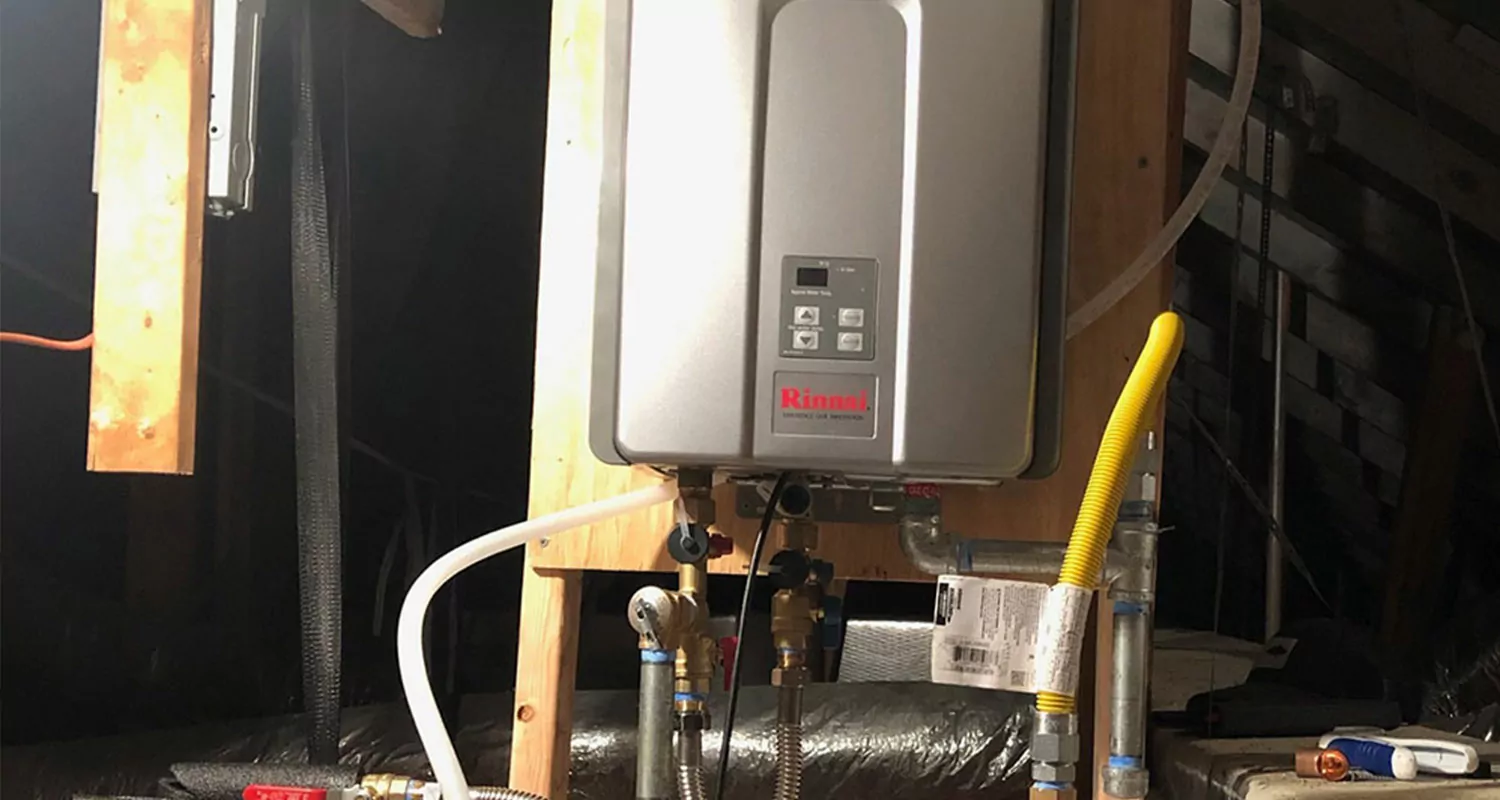Specialist Guidance for Caring for Your Home's Hot Water SystemEnsuring Longevity of Your Home's Hot Water System: Care Advice
Specialist Guidance for Caring for Your Home's Hot Water SystemEnsuring Longevity of Your Home's Hot Water System: Care Advice
Blog Article
Nearly everybody will have his or her own assumption when it comes to Tips on Maintaining a Water Heater.

Hot water is essential for everyday comfort, whether it's for a refreshing shower or washing dishes. To ensure your warm water system runs successfully and lasts longer, routine maintenance is vital. This short article provides sensible pointers and understandings on how to maintain your home's warm water system to prevent disruptions and pricey repair services.
Introduction
Maintaining your home's hot water system could appear challenging, yet with a few simple steps, you can guarantee it operates smoothly for several years ahead. This guide covers every little thing from understanding your warm water system to do it yourself maintenance pointers and understanding when to call expert help.
Relevance of Preserving Your Warm Water System
Regular maintenance not just prolongs the life-span of your warm water system but likewise ensures it runs efficiently. Ignoring upkeep can result in reduced performance, higher power expenses, and also premature failure of the system.
Indications Your Hot Water System Requirements Upkeep
Understanding when your warm water system needs focus can prevent major concerns. Look out for indications such as irregular water temperature level, unusual sounds from the heater, or rustic water.
Comprehending Your Warm Water System
Before diving right into upkeep tasks, it's practical to recognize the standard parts of your hot water system. Normally, this consists of the water heater itself, pipes, anode poles, and temperature level controls.
Monthly Upkeep Tasks
Regular regular monthly checks can aid catch small issues before they intensify.
Purging the Water Heater
Flushing your hot water heater gets rid of debris build-up, improving effectiveness and prolonging its life.
Checking and Replacing Anode Rods
Anode poles protect against corrosion inside the tank. Checking and changing them when broken is crucial.
Examining and Changing Temperature Level Setups
Adjusting the temperature settings makes sure ideal performance and safety.
DIY Tips for Maintenance
You can do numerous upkeep jobs on your own to keep your hot water system in top condition.
Checking for Leaks
On a regular basis evaluate pipelines and links for leakages, as these can cause water damages and greater bills.
Testing Pressure Relief Valves
Evaluating the pressure relief valve ensures it works properly and avoids extreme pressure accumulation.
Protecting Pipes
Shielding hot water pipes minimizes warm loss and can conserve energy.
When to Call an Expert
While DIY maintenance is advantageous, some issues require professional proficiency.
Complex Issues Calling For Professional Help
Instances consist of major leaks, electric issues, or if your water heater is regularly underperforming.
Routine Professional Upkeep Conveniences
Expert maintenance can include comprehensive inspections, tune-ups, and making certain conformity with safety criteria.
Final thought
Regular maintenance of your home's warm water system is essential for efficiency, long life, and expense savings. By adhering to these pointers and understanding when to seek expert help, you can guarantee a dependable supply of hot water without unexpected interruptions.
Water Heater Maintenance: The Basics
Maintaining your water heater will ensure it operates efficiently and has a longer lifespan. Neglecting regular maintenance can lead to costly repairs and an even bigger chunk of your savings if you have to replace it sooner than necessary. But there’s good news: Most water heater maintenance tasks are relatively simple and easy for homeowners with basic DIY skills.
Flush the Water Heater
Over time, sediment and minerals can build up in the tank, reducing its efficiency and potentially causing damage. To flush the tank, turn off the power or gas supply, attach a hose to the drain valve near the bottom and open the valve to drain the water until it runs clear. Ideally, flush the tank annually.
Replace the Anode Rod
The anode rod is a sacrificial metal rod that helps prevent corrosion inside the tank. Inspect and replace it every three to five years or per the manufacturer's recommendation. To replace the anode rod, turn off the power or gas supply, drain a few gallons of water from the tank, unscrew the old rod and replace it with a new one. If the anode rod is significantly corroded or covered in calcium buildup, it's a sign the water heater may need to be replaced soon.
Tune-Up
A yearly tune-up can help identify potential issues and ensure your water heater operates at peak efficiency. This typically involves checking the thermostat, burner assembly (for gas heaters) and any other components specified by the manufacturer. During a tune-up, the technician may also clean the burner and adjust the pilot light (for gas heaters) or examine the heating elements (for electric heaters).
How to Maintain Your Water Heater
Insulate the tank. Insulating the tank can improve energy efficiency and reduce heat loss, saving you money on energy bills. You can purchase precut insulation blankets designed specifically for water heaters or use standard fiberglass insulation wrapped securely around the tank. Check the temperature. The recommended water temperature for most households is around 120 degrees Fahrenheit (49 degrees Celsius). Higher temperatures can increase energy costs and potentially cause scalding. Use a kitchen thermometer to check the temperature at the faucet nearest the water heater. Monitor water pressure. Excessive water pressure can strain the water heater and cause leaks or even tank failure. Install a pressure-reducing valve if necessary. The ideal water pressure range is between 60 and 70 PSI (pounds per square inch). Test the temperature and pressure (T&P) relief valve. The T&P relief valve is a safety feature that releases pressure if the tank gets too hot or the pressure builds up too high. Test it annually by lifting the lever and allowing a small amount of water to release. Replace the valve if it doesn't release water or reseal properly. Check for leaks. Regularly inspect the tank, pipes and fittings for leaks or corrosion. Deal with issues promptly to prevent further damage. Even a small leak can lead to significant water damage over time. Consider a tankless water heater. If your traditional tank-style water heater is nearing the end of its lifespan ( typically 10 years), consider replacing it with a tankless water heater. These units heat water on demand, reducing standby energy losses and potentially saving you money on your energy bills. Schedule professional maintenance. While homeowners can perform many water heater maintenance tasks, it's still a good idea to schedule professional maintenance every few years. A plumber or HVAC technician can thoroughly inspect the unit, identify potential issues and ensure it operates safely and efficiently. https://www.homeserve.com/en-us/blog/home-improvement/hot-water-heater-maintanence/

We are very drawn to What Kind of Maintenance Do Water Heaters Need? and I'm hoping you enjoyed the new article. Sharing is good. You never know, you could be helping someone out. I truly appreciate your readership.
This Page Report this page